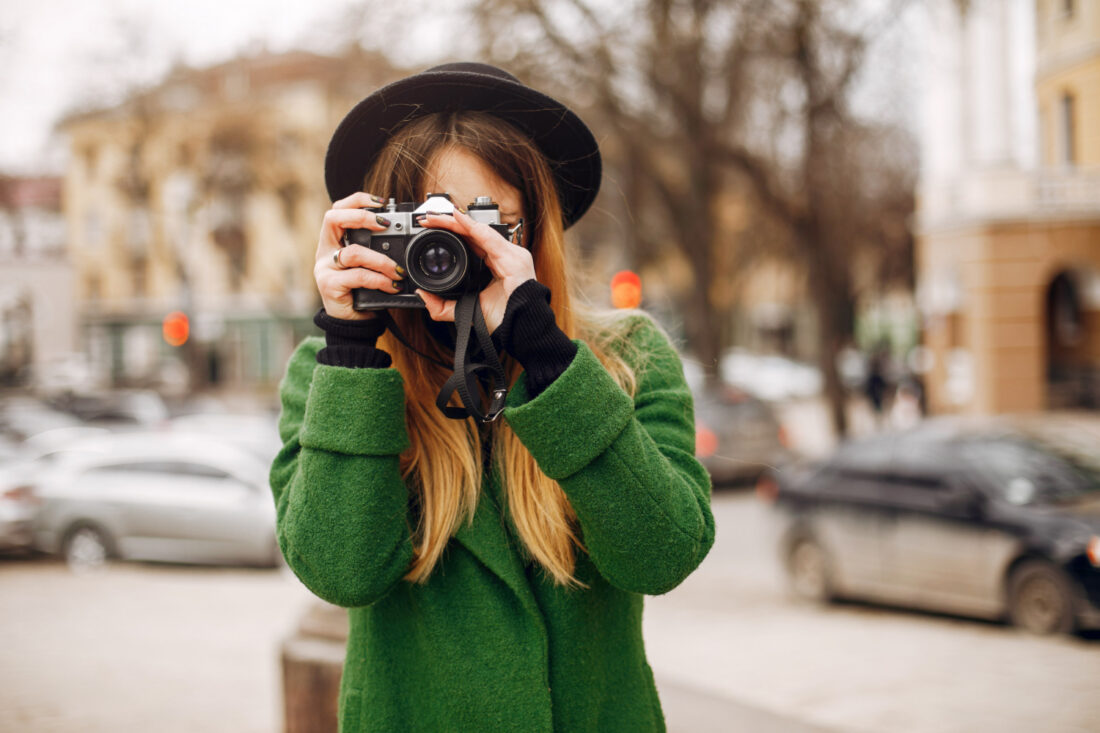The Art of Captivating Portrait Photography: Techniques, Tips, and Trends

Key Takeaways:
- Grasp the vital elements that contribute to stunning portrait photography.
- Discover how camera settings dramatically change the outcome of a portrait.
- Uncover the secrets behind effective posing and the use of lighting.
- Learn post-processing techniques that enhance your portraits.
- Stay updated with the latest trends shaping portrait photography today.
Table of Contents:
- Understanding Portrait Photography Fundamentals
- The Role of Camera Settings in Portrait Photography
- Mastering the Art of Posing Subjects
- Post-Processing Techniques for Portraits
- How to Create Emotional Depth in Your Portraits
- Developing your Personal Style in Portrait Photography
Understanding Portrait Photography Fundamentals
At its core, portrait photography is an exploration of character and identity, a window into the soul of another human being, captured for eternity. The detailed facial expressions, the subject’s posture, and even the backdrop—all contribute to the story that the portrait intends to tell. By ensuring that each of these elements plays a contributory role, the photographer captures more than just an image; they capture a moment, a feeling, a piece of time that is indelibly preserved.
Such delicate work requires the ability to see beyond the obvious, to find the unspoken emotions that reside within the subject. Illuminating these through the lens is no minor feat. Renowned photographers like Meg Bitton exemplify the depth and dexterity needed in this genre. Their ability to capture life’s nuanced moments in still images offers a template for those embarking on the path of portrait photography. Yet, it is crucial for aspiring photographers to take that inspiration and mold it into something that is truly their own. Authenticity in one’s own vision is what sets apart the memorable from the mundane.
The Role of Camera Settings in Portrait Photography
Having intimate knowledge of one’s camera and its settings is akin to a painter knowing their brushes and paints: each choice made in configuring these settings can dramatically alter the mood and aesthetic of the final portrait. The aperture setting, for instance, can create a shallow depth of field, allowing our subject to stand out against a beautifully blurred background. This separation is pivotal when the portrait requires the viewer’s undivided attention on the subject’s visage or expression.
On the other hand, shutter speed can freeze the ephemeral: a fleeting smile, a windswept look, or the quiet contemplation in a subject’s pose. Conversely, a slower shutter speed can introduce motion blur, offering a sense of dynamic movement or passage of time, adding a layer of narrative to a seemingly static image. As for ISO, it affects the sensor’s sensitivity to light – low ISO values are perfect for well-lit environments, while higher values accommodate less-lit settings, albeit at the risk of noise in the image.
Mastering the Art of Posing Subjects
To craft a true representation of the subject, the photographer must become part psychologist, part director, coaxing forth the desired expression and posture. Understanding body language is key, as is building a rapport with the person or people being photographed. This comfort and trust can lead to more natural poses, revealing a vulnerability or strength that may go unnoticed to the untrained eye.
Single portraits offer an intimate glimpse at an individual, while group portraits convey the dynamic of relationships, requiring a delicate awareness of space, interaction, and connection. When done effectively, posing reveals layers of narrative—the subtle tilt of the head, the relax of shoulders, the interplay of gazes—that enrich the portrait beyond mere facial representation.
Post-Processing Techniques for Portraits
Post-processing is where the digital darkroom magic happens, transforming good images into great portraits. In the initial steps, we correct color imbalances, tweak exposure levels, and ensure the white balance reflects the desired mood. But it is in the finer points of editing—smoothing skin tones, sharpening eyes, and refining highlights—that a portrait’s vibrancy truly comes alive.
Post-processing also involves stylistic choices, from the subtle art of color grading which can set a distinctive tone for a series, to the selection of black and white, emphasizing form and contrast over hue. The digital tools at our disposal are powerful and can breathe an entirely new essence into the raw capture, provided they are used judiciously.
How to Create Emotional Depth in Your Portraits
A great portrait moves beyond technical perfection to touch upon the shared human experience. It is a vessel for emotion, capable of conveying the complexity of the subject’s internal world. Achieving this depth requires a symbiosis between the subject and photographer, a mutual understanding that is often built upon patience, empathy, and intuition.
Background choice and prop use can be rich in narrative possibility, providing subtle hints about the subject’s life, interests, or personality. Even more significant is the capture of spontaneous, unguarded moments. These slices of authenticity can resonate deeply with viewers—they remind us of the beauty inherent in the human condition.
Developing your Personal Style in Portrait Photography
At the heart of each photographer’s journey is the quest for a unique, personal style—this is the individual’s visual signature, the thread that weaves through their body of work. Developing this requires time, introspection, and a conscious engagement with the elements that resonate most. It could be a certain palette of colors, a particular handling of light, or a favored compositional technique.
It involves studying the greats, learning the rules, and then—crucially—knowing when to break them. Innovation comes from pushing boundaries, but true style is found where passion and practice intersect.









